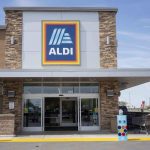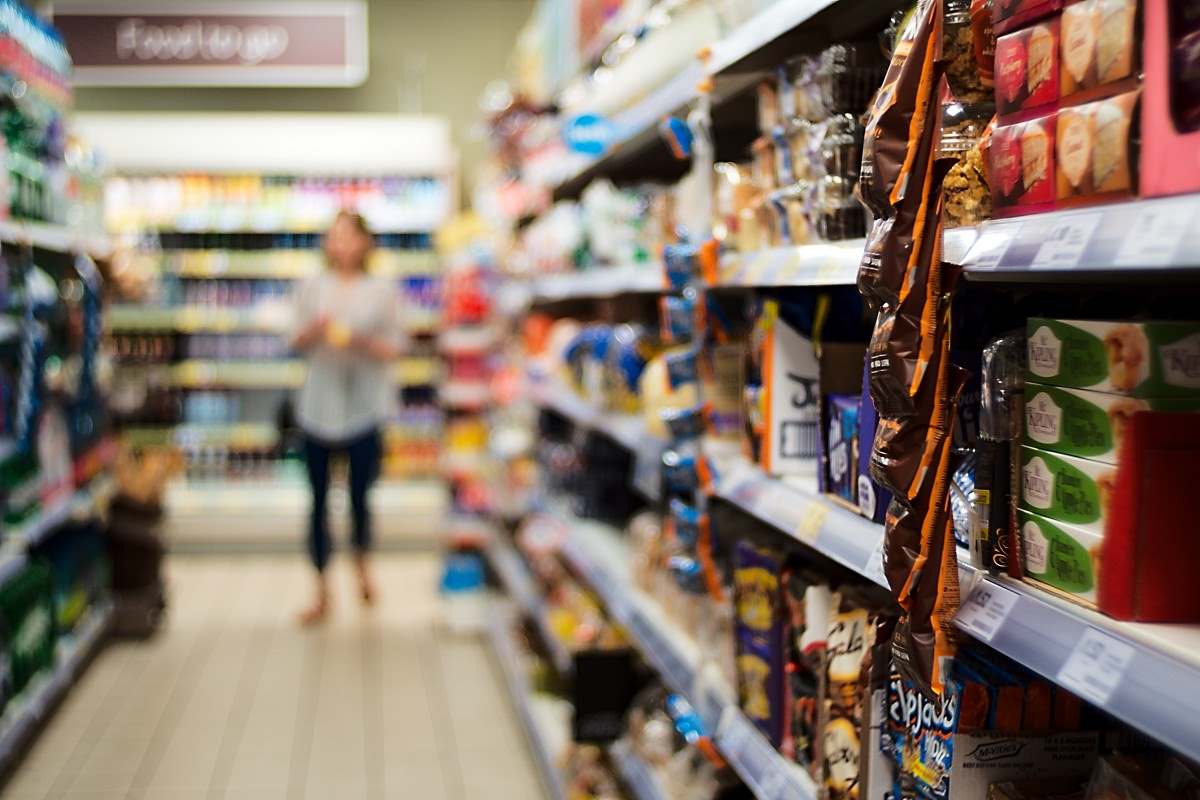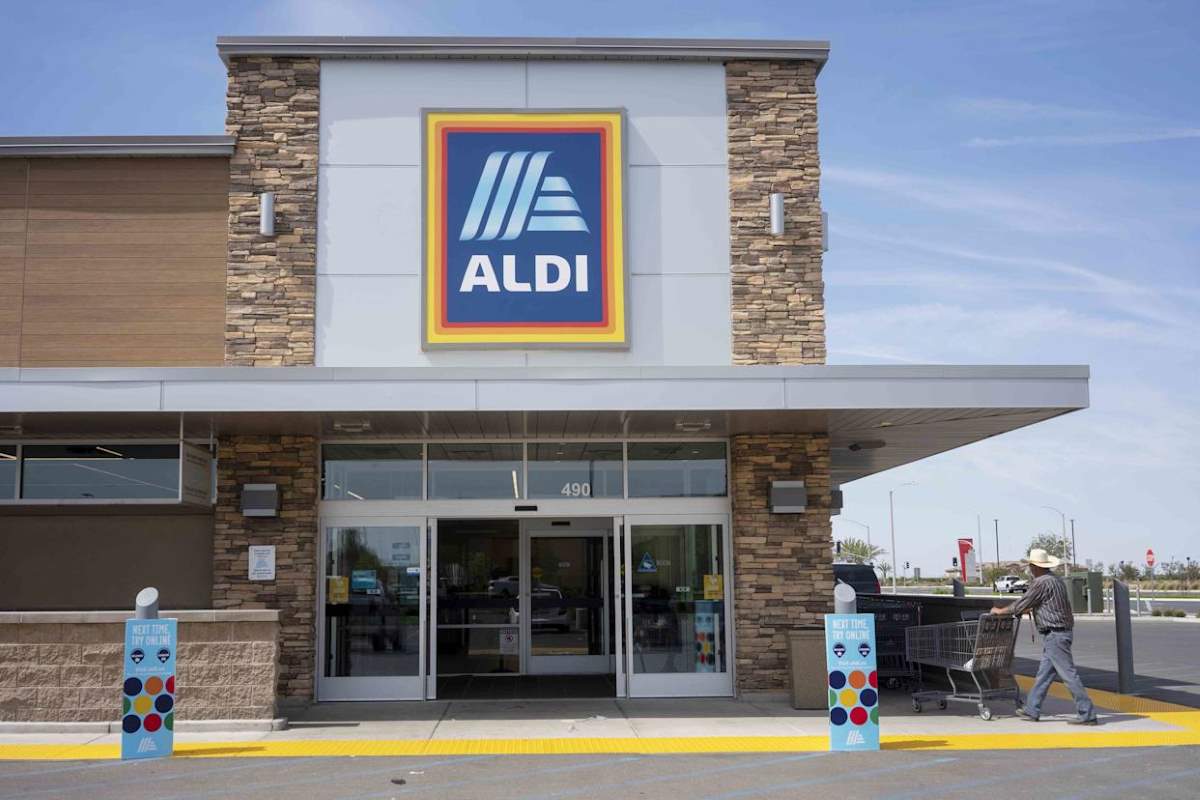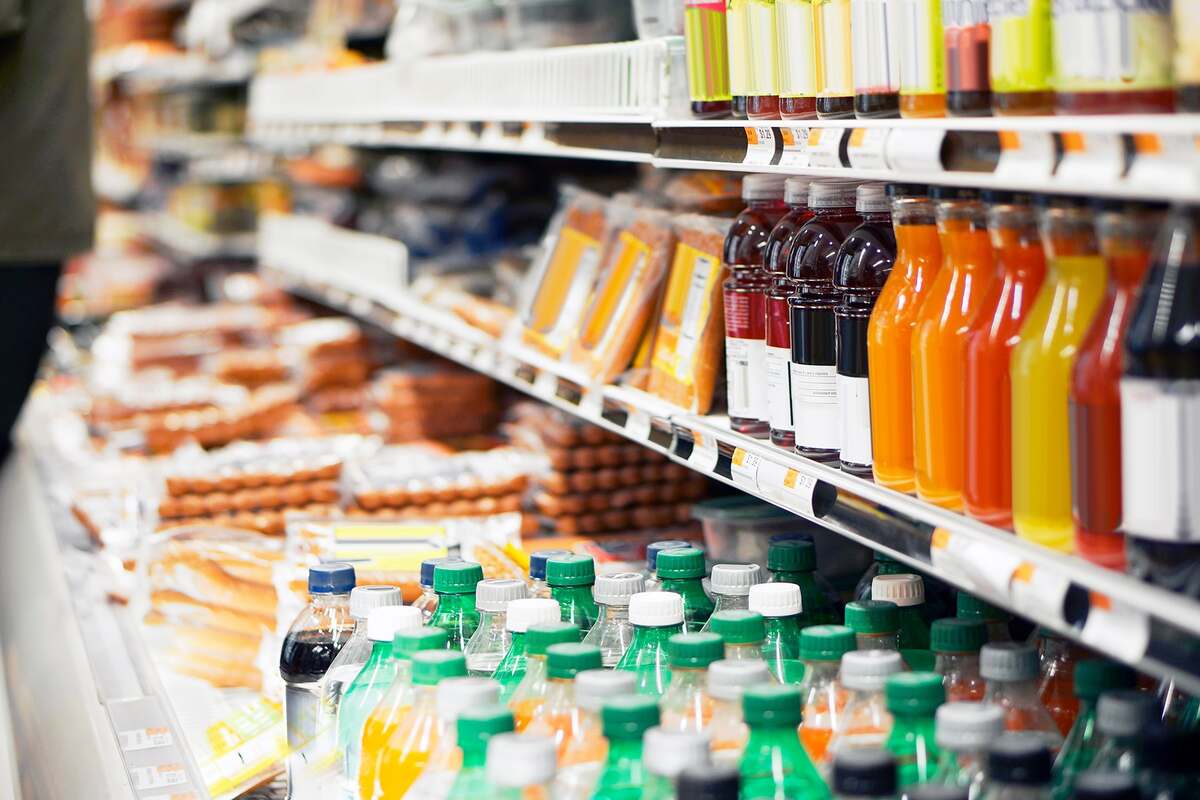Without many customers realizing it, the supermarket shelf placement strategy significantly influences their purchase decisions. You often create a shopping list before going to a store or mall. However, understanding how supermarkets influence buying habits may help sidestep the accompanying ditches.
Carefully observing the grocery store layout tactics adopted by most malls and retail stores reveals their priority for sales. Irrespective of whatever form factor a store display adopts, the primary goal is to drive sales and increase customer spending.
This piece will unravel the science and business strategy behind store design layouts. It will even highlight the psychology of shelf positioning and the motive behind how some products are displayed.
The Art of Store Layout Design or Supermarket Shelf Placement Strategy
Try to remember a store you frequent. Do you recollect any distinct aura that washes over you whenever you walk through the store’s front door? The aura, the mood and impression that shoppers experience while at a store could influence the likelihood of a return visit.
So, stores often prioritize the overall shopping experience, product visibility and customer flow. For example, if a store’s shopping experience or customer flow is bad, parents with toddlers may be reluctant to let them tag along. As flimsy as the just-cited factor could be, parents may boycott a store for that sole reason. Not because their prices are high or the products are bad, but because the store layout is not friendly to folks shopping with young children.
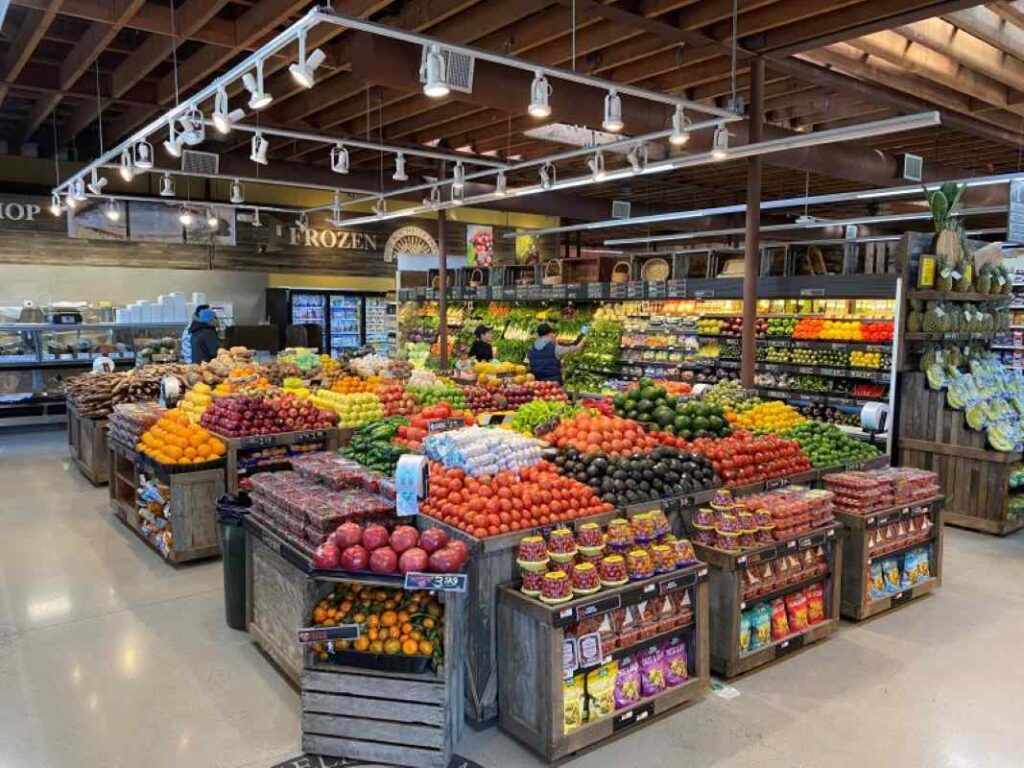
Of course, most stores incorporate special features that help decongest human traffic at entrances and checkouts. However, some of these businesses adopt sensory marketing. An example is strategically situating the store’s bakery close to the entrance, or displaying fragrant flowers and alluring fresh food produce in a similar position.
ALSO READ: How Nutrient Loss Occurs During Cooking (and How to Prevent It)
1. Eye-Level Is Buy-Level: The Epitome of Supermarket Shelf Placement Strategy
The ‘eye level is buy level’ principle drives the position choice of most products placed on a store shelf. It is a no-brainer that shoppers will buy items in view, particularly in self-service stores. The principle goes out on a limb to suggest that store customers are more likely to purchase items that sit in their direct line of sight. Consequently, it becomes easy to decode why most store shelves are seldom significantly taller than the average human.
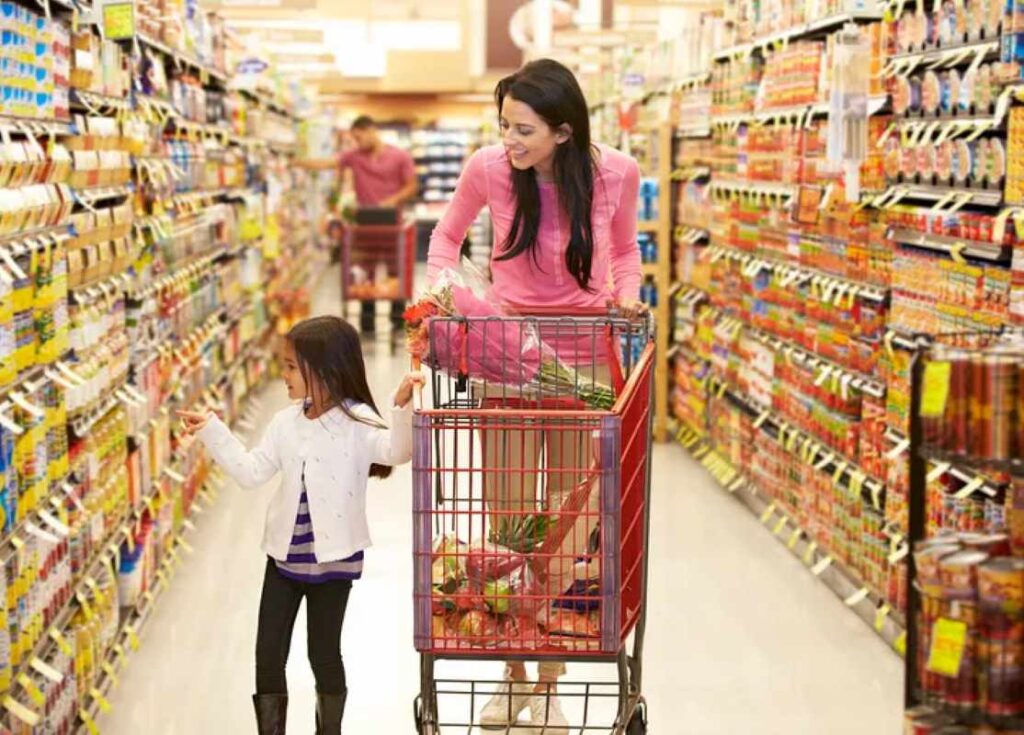
So, premium and top-selling items are situated at adult eye level. Also, products like snacks, sugary cereals and ultraprocessed delicacies are placed on lower racks to ensure they catch the attention of children.
Additionally, store-brand positioning often drives upselling of speciality products by offering value-driven and cost-saving options. Usually, such store brands are customer-centric, but the creation of alternative options is sometimes taken too far. For example, Mondelez, maker of Oreo, recently instituted a lawsuit against Aldi for copying the packaging of their products.
2. Endcaps and Impulse Zones
Manufacturers consider aisle ends, or end caps, as strategic spots for their products. So, stores often use some shelf space marketing here to their advantage. When brands launch a new product, it is common to find the company including end caps in their supermarket shelf placement strategy. Analysis of movements between aisles and studies on consumer behavior in stores suggest that traffic is usually higher around these end caps. Naturally, even after buying all the items on their grocery list, shoppers may indulge in more buys at the store’s end caps.
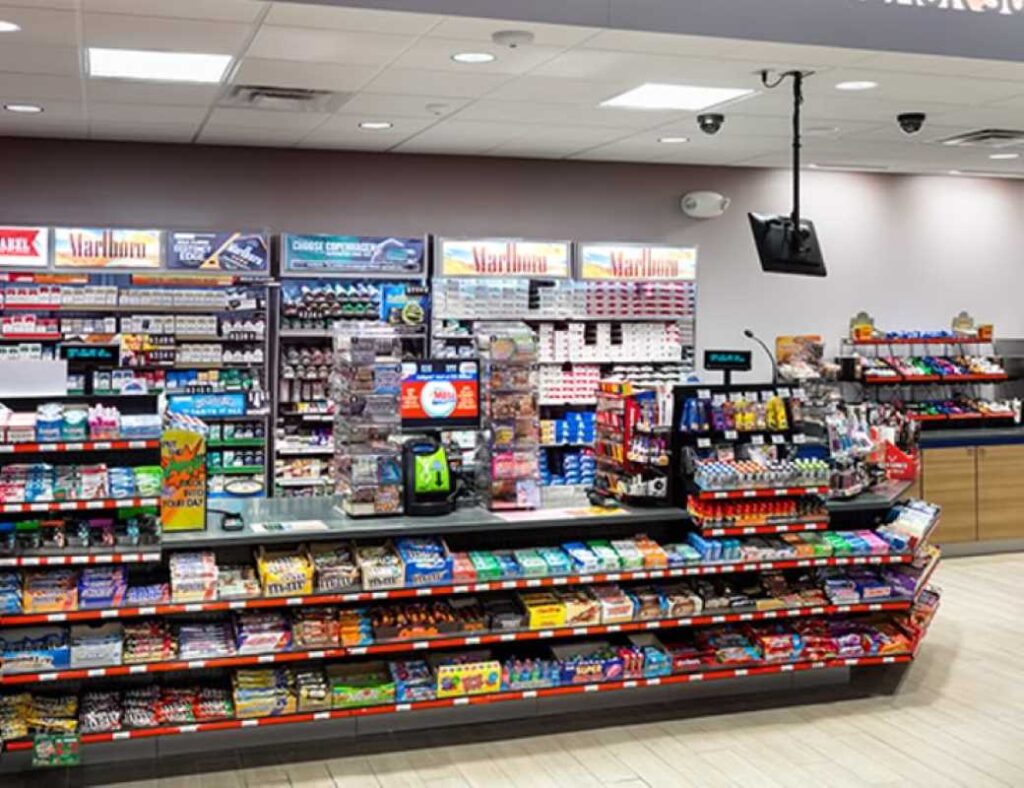
Customers may also notice themselves giving in to a common point-of-sale strategy. A typical example is the small supermarket merchandizing activities at the checkout point. In some stores, customers can barely see the attendant behind the cash register, as there are several small impulse items displayed beside the cash register.
Stores also occasionally initiate promotional discounts to get some items off their inventory. For seasonal products, like items that enjoy high demand during festive periods, stores may create special displays.
3. The Power of Product Grouping and Cross-Merchandising
Another supermarket shelf placement strategy juxtaposes complementary goods. For example, shoppers who are buying pasta from a store are likely to also purchase a brand of sauce, if strategically displayed close by. Chips and dips also go hand in glove. So, stores deploy grocery aisle psychology by situating items whose utility complements each other very close on the store shelf.
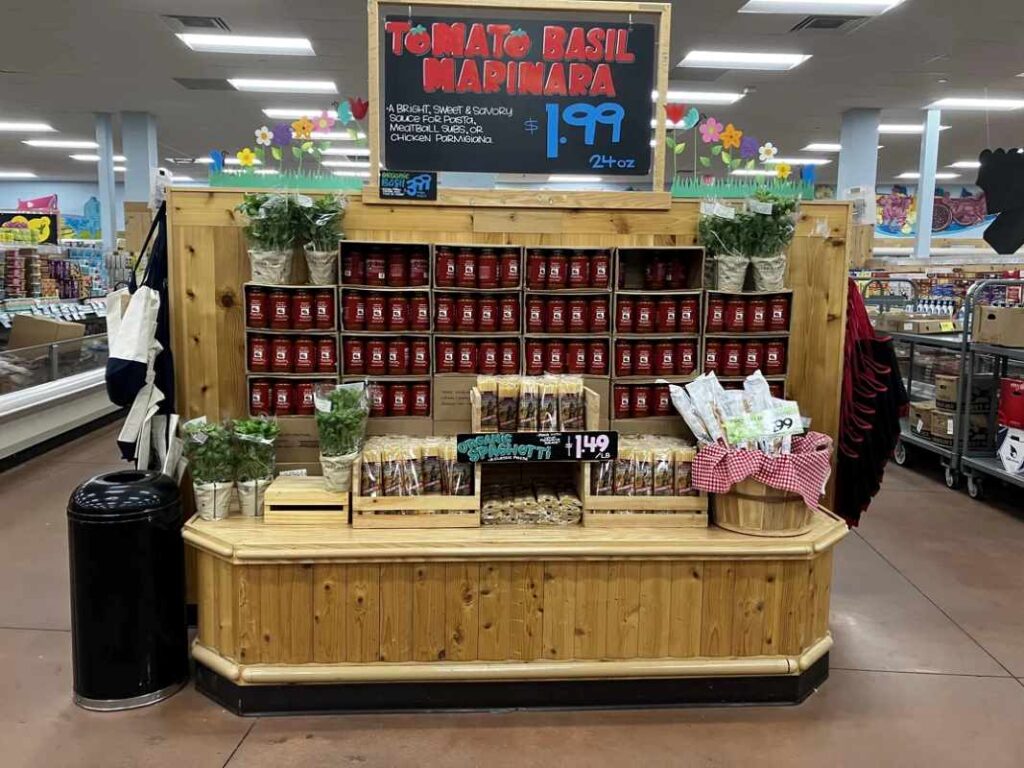
To some extent, this arrangement is of merit to the customer. For example, if you’re shopping for dinner, finding just one of the items could mean the others are nearby. So, even if a necessary item was mistakenly omitted from the shopping list, the shopper might realize it once they see it displayed next to the other items. This strategy is one of the many examples that reveal how grocery store layouts influence shoppers.
4. Color, Smell, and Lighting as Silent Sellers
Showmanship is no longer limited to Hollywood or mainstream media, it is starting to reflect more on shopper experience designs. Mesmerizing lights that emphasizes the attributes of baked goods are used. Mist, like in disco clubs, may also be used for seasonal displays to call attention to something not there before.

The glitz and glamour of supermarket shelf placement strategy is not limited to the sights alone. Just as there are colognes that could induce sexual attention from the opposite sex, stores are exploiting smells that will prompt shoppers to buy certain groceries.
ALSO READ: The Best Warm Drinks to Try This Winter: Comfort in a Cup
5. Digital and Loyalty Card Data Feeding Shelf Decisions
With the advent of AI and big data, retail psychology in grocery stores is rapidly going digital. Retailers collect dehumanized data like shopping history, demography, purchase patterns, web and app analytics, etc,. to generate insights about their customers. When stores dangle the loyalty card discount or promo carrot, customers provide their demographic information without thinking twice.

Consequently, some retail chains tailor their supermarket shelf placement strategy using customer data. For example, food retail chains don’t need to follow a rigid shopper experience design for all their outlets. Instead, data on consumer behavior in stores could be used to create a profitable shelf space marketing.
It is hard to ignore how supermarket shelf placement strategy drives retail profitability and enhances customer shopping experience. At extremes, it may even prompt consumers to buy things they did not include in their carefully crafted shopping list. However, when these tactics make you buy items on impulse, then it’s time to pause and evaluate your shopping script. While this piece addresses brick-and-mortar stores, some supermarket tricks to boost spending from the grocery aisle psychology are being replicated on shopping apps and websites. So, next time you walk into a supermarket, look around—you’re walking through a strategy, not just a store.


